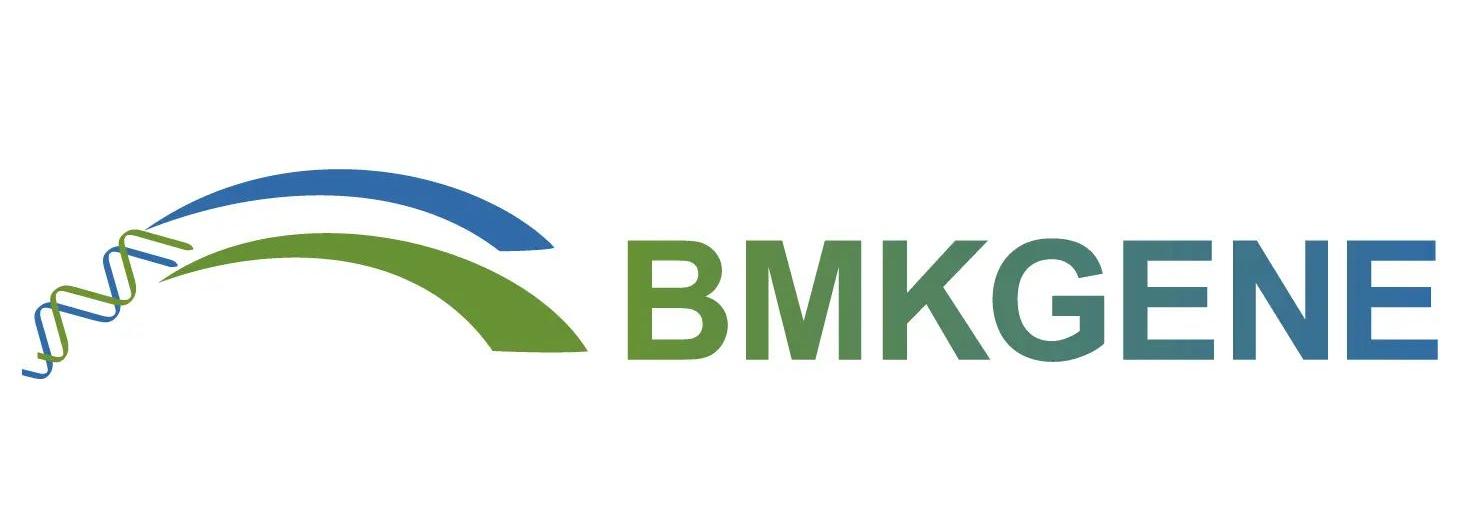-

BMKMANU S3000_Spatial Transcriptome
Spatial transcriptomics stands at the forefront of scientific innovation, empowering researchers to delve into intricate gene expression patterns within tissues while preserving their spatial context. Amidst various platforms, BMKGene has developed the BMKManu S3000 Spatial Transcriptome Chip, boasting an enhanced resolution of 3.5µm, reaching the subcellular range, and enabling multi-level resolution settings. The S3000 chip, featuring approximately 4 million spots, employs microwells layered with beads loaded with spatially barcoded capture probes. A cDNA library, enriched with spatial barcodes, is prepared from the S3000 chip and subsequently sequenced on the Illumina NovaSeq platform. The combination of spatially barcoded samples and UMIs ensures the accuracy and specificity of the data generated. The BMKManu S3000 chip’s is extremely versatile, offering multi-level resolution settings that can be finely tuned to different tissues and desired levels of detail. This adaptability positions the chip as an outstanding choice for diverse spatial transcriptomics studies, ensuring precise spatial clustering with minimal noise. The use of cell segmentation technology with BMKManu S3000 enables the delimitation of transcriptional data to the boundaries of cells, resulting in an analysis that has direct biological meaning. Furthermore, the improved resolution of S3000 results in higher number of genes and UMIs detected per cell, enabling a much more accurate analysis of the spatial transcription patterns and clustering of cells.
-

Single- nucleus RNA Sequencing
The development of single-cell capture and custom library construction techniques, coupled with high-throughput sequencing, has revolutionized gene expression studies at the cell level. This breakthrough allows for deeper and more comprehensive analysis of complex cell populations, overcoming the limitations associated with averaging gene expression over all cells and preserving the true heterogeneity within these populations. While single-cell RNA sequencing (scRNA-seq) has undeniable advantages, it encounters challenges in certain tissues where the creation of a single-cell suspension proves difficult and requires fresh samples. At BMKGene, we address this hurdle by offering single-nucleus RNA sequencing (snRNA-seq) using the state-of-the-art 10X Genomics Chromium technology. This approach broadens the spectrum of samples amenable to transcriptome analysis at the single-cell level.
The isolation of nuclei is accomplished through the innovative 10X Genomics Chromium chip, featuring an eight-channel microfluidics system with double crossings. Within this system, gel beads incorporating barcodes, primers, enzymes, and a single nucleus are encapsulated in nanoliter-sized oil drops, forming Gel Bead-in-Emulsion (GEM). Following GEM formation, cell lysis and barcode release occur within each GEM. Subsequently, mRNA molecules undergo reverse transcription into cDNAs, incorporating 10X barcodes and Unique Molecular Identifiers (UMIs). These cDNAs are then subjected to standard sequencing library construction, facilitating a robust and comprehensive exploration of gene expression profiles at the single-cell level.
Platform: 10× Genomics Chromium Spatial Transcriptomics chip and Illumina NovaSeq Platform
-

BMKMANU S1000 Spatial Transcriptome
Spatial transcriptomics stands at the forefront of scientific innovation, empowering researchers to delve into intricate gene expression patterns within tissues while preserving their spatial context. Amidst various platforms, BMKGene has developed the BMKManu S1000 Spatial Transcriptome Chip, boasting an enhanced resolution of 5µM, reaching the subcellular range, and enabling multi-level resolution settings. The S1000 chip, featuring approximately 2 million spots, employs microwells layered with beads loaded with spatially barcoded capture probes. A cDNA library, enriched with spatial barcodes, is prepared from the S1000 chip and subsequently sequenced on the Illumina NovaSeq platform. The combination of spatially barcoded samples and UMIs ensures the accuracy and specificity of the data generated. The BMKManu S1000 chip’s unique attribute lies in its versatility, offering multi-level resolution settings that can be finely tuned to different tissues and levels of detail. This adaptability positions the chip as an outstanding choice for diverse spatial transcriptomics studies, ensuring precise spatial clustering with minimal noise.
Using the BMKManu S1000 chip and other spatial transcriptomics technologies, researchers can gain a better understanding of the spatial organization of cells and the complex molecular interactions that occur within tissues, providing invaluable insights into the mechanisms underlying biological processes in a wide range of fields, including oncology, neuroscience, developmental biology, immunology and botanical studies.
Platform: BMKManu S1000 chip and Illumina NovaSeq
-

10x Genomics Visium Spatial Transcriptome
Spatial transcriptomics is a cutting-edge technology that allows researchers to investigate gene expression patterns within tissues while preserving their spatial context. One powerful platform in this domain is 10x Genomics Visium coupled with Illumina sequencing. The principle of 10X Visium lies on a specialized chip with a designated capture area where tissue sections are placed. This capture area contains barcoded spots, each corresponding to a unique spatial location within the tissue. The captured RNA molecules from the tissue are then labeled with unique molecular identifiers (UMIs) during the reverse transcription process. These barcoded spots and UMIs enable precise spatial mapping and quantification of gene expression at a single-cell resolution. The combination of spatially barcoded samples and UMIs ensures the accuracy and specificity of the data generated. By using this Spatial Transcriptomics technology, researchers can gain a deeper understanding of the spatial organization of cells and the complex molecular interactions occurring within tissues, offering invaluable insights into the mechanisms underlying biological processes in multiple fields, including oncology, neuroscience, developmental biology, immunology, and botanical studies.
Platform: 10X Genomics Visium and Illumina NovaSeq

